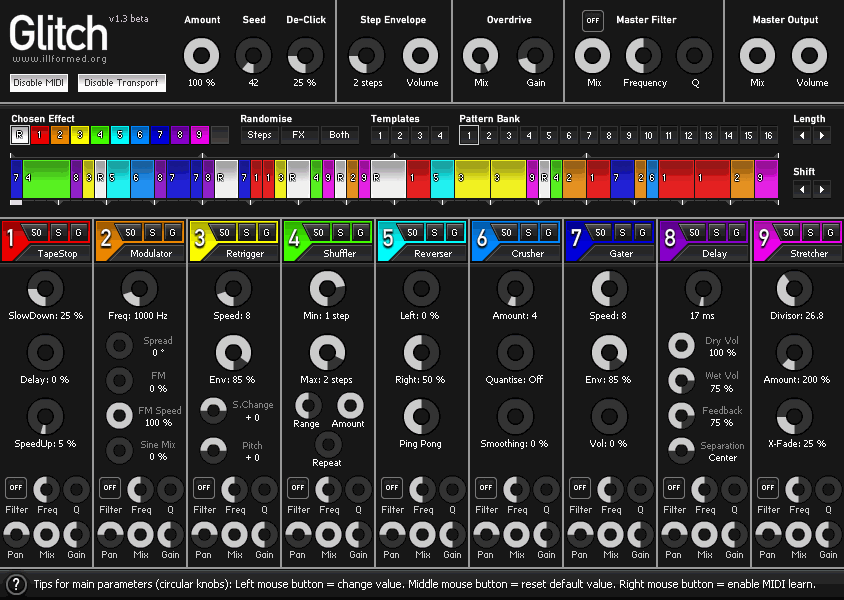
4 Minimum speed limits and night speed limits.The highest posted speed limit in the country is 85 mph (137 km/h) and can be found only on Texas State Highway 130. Portions of the Idaho, Montana, Nevada, Oklahoma, South Dakota, Texas, Utah, and Wyoming road networks have 80 mph (129 km/h) posted limits. Unusual for any state east of the Mississippi River, much of Interstate 95 (I-95) in Maine north of Bangor allows up to 75 mph (121 km/h), and the same is true for up to 600 mi (966 km) of freeways in Michigan. Minor Outlying Islands have their own speed limits: 40 mph (64 km/h) in Wake Island, and 15 mph (24 km/h) in Midway Atoll.

American Samoa has a maximum speed limit of 30 mph (48 km/h). Guam and the Northern Mariana Islands have speed limits of 45 mph (72 km/h). Virgin Islands have a maximum speed limit of 55 mph (89 km/h). Alaska, Connecticut, Delaware, Massachusetts, New Jersey, New York, Puerto Rico, Rhode Island, and Vermont have a maximum limit of 65 mph (105 km/h), and Hawaii has a maximum limit of 60 mph (97 km/h). The highest speed limits are generally 70 mph (113 km/h) on the West Coast and the inland eastern states, 75–80 mph (121–129 km/h) in inland western states, along with Arkansas, Louisiana, Maine, and Michigan and 65–70 mph (105–113 km/h) on the Eastern Seaboard. Some states have lower limits for trucks, some also have night and/or minimum speed limits. Speed limits are typically posted in increments of five miles per hour (8 km/h).

Highway speed limits can range from an urban low of 25 mph (40 km/h) to a rural high of 85 mph (137 km/h). States have also allowed counties and municipalities to enact typically lower limits. Speed limits in the United States are set by each state or territory. Map of highest posted speed limits in the U.S.


 0 kommentar(er)
0 kommentar(er)
